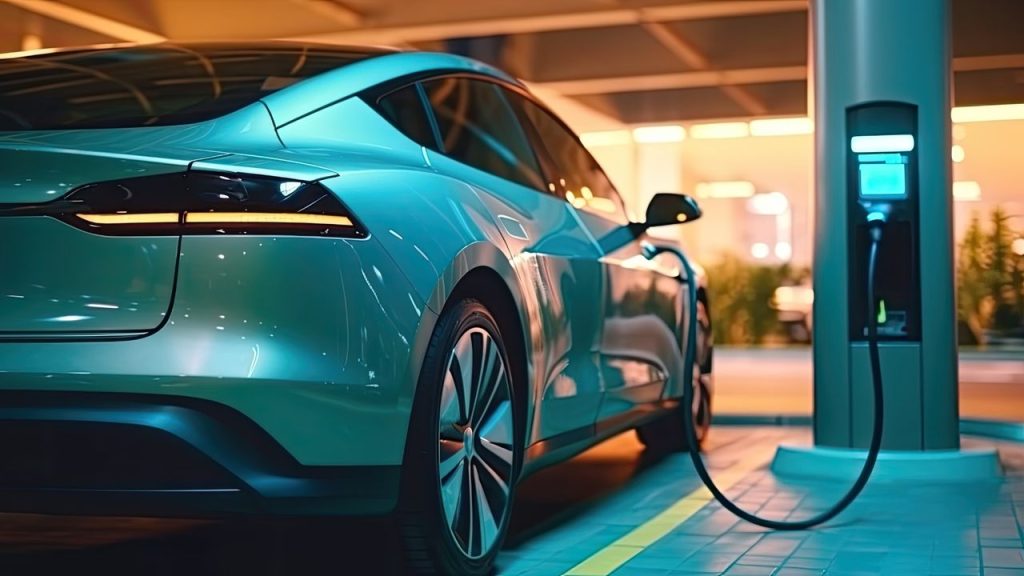The Future of Electric Motors: Direct Drive, Lightweight, and Induction Motors
Welcome to the exciting world of electric motors! In today’s article, we will explore the benefits of electric motors, with a focus on direct drive, lightweight, and induction motors. These innovative technologies are shaping the future of various industries, from automotive to aerospace.
Direct Drive Motors
Direct drive motors are revolutionizing the way we think about power transmission. Unlike traditional motors that require gears or belts to transfer power, direct drive motors eliminate the need for these components, resulting in a more efficient and reliable system. With fewer moving parts, direct drive motors are not only quieter but also require less maintenance, making them a popular choice for high-performance applications.
One of the key advantages of direct drive motors is their high torque density, which means they can deliver more power in a smaller and lighter package. This makes direct drive motors ideal for applications where space and weight are critical factors, such as electric vehicles and robotics.
Lightweight Motors
Lightweight motors are another game-changer in the world of electric propulsion. By using advanced materials and design techniques, manufacturers are able to create motors that are significantly lighter than their traditional counterparts. This weight reduction not only improves the overall efficiency of the system but also allows for greater flexibility in design and integration.
From drones to electric bicycles, lightweight motors are enabling new possibilities in mobility and transportation. By reducing the weight of the motor, manufacturers can achieve higher speeds, longer ranges, and improved maneuverability, making electric vehicles more competitive with their fossil fuel-powered counterparts.
Induction Motors
Induction motors are a tried-and-tested technology that continues to play a crucial role in the world of electric propulsion. Known for their simplicity and reliability, induction motors are widely used in a variety of applications, from industrial machinery to household appliances.
One of the key advantages of induction motors is their ability to operate efficiently over a wide range of speeds. This versatility makes them well-suited for applications where variable speed control is required, such as HVAC systems and electric fans.
Furthermore, induction motors are known for their ruggedness and durability, making them a popular choice for harsh environments and demanding operating conditions. With proper maintenance, induction motors can provide years of trouble-free service, making them a cost-effective solution for many applications.
Conclusion
In conclusion, electric motors are at the forefront of technological innovation, with direct drive, lightweight, and induction motors leading the way. These advanced technologies are not only improving the performance and efficiency of electric propulsion systems but also opening up new possibilities in a wide range of industries. As we look to the future, electric motors will continue to play a crucial role in shaping the way we live, work, and move.


